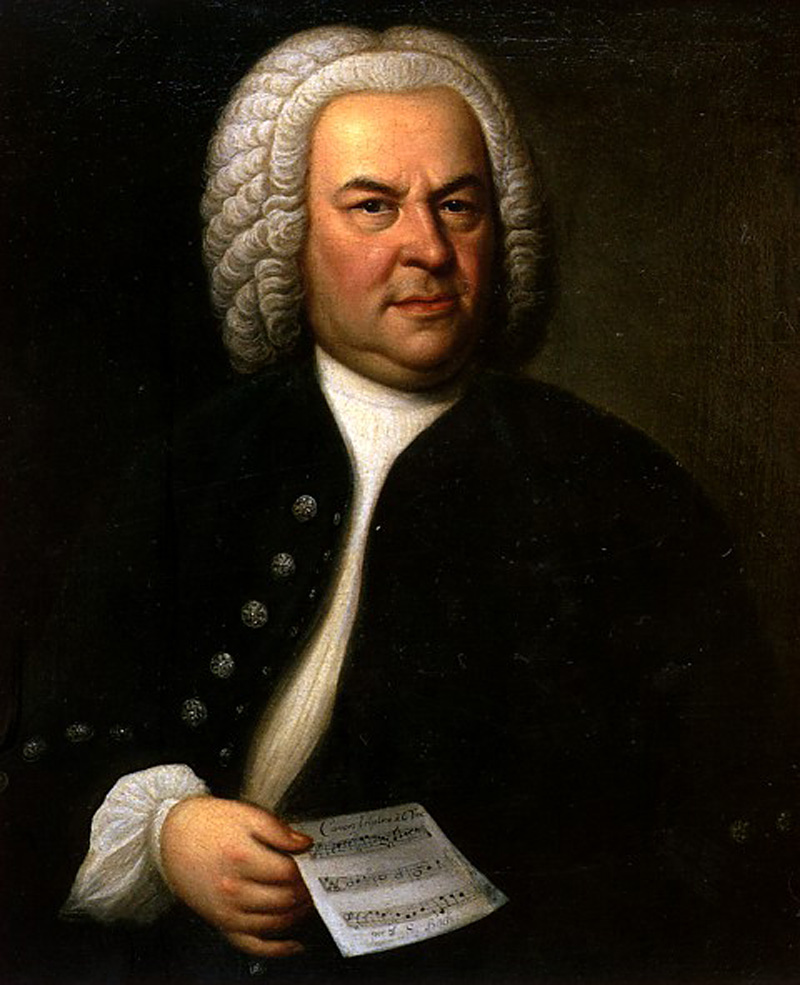No one knows exactly when, or for whom, J.S. Bach wrote his set of six suites for solo cello, or even if he played the instrument himself. If he did, he must have been extraordinary; if not, extraordinarily imaginative, making the cello do things it never had and pushing it to expressive heights that many consider still unequaled after 300 years. Neatly laid out in a format of six movements each (stylized versions of dances, like minuets and gigues, popular in Bach’s day), the suites cover a range of difficulty, from tuneful pieces every cello student encounters to some of the most challenging works in the instrument’s repertory. Thus they’re ideal for the sort of community love-ins the Seattle Violoncello Society has been organizing each year (near Bach’s birthday, March 21) since 1988. On Saturday, 30 local cellists, from Seattle Symphony players to university faculty members and their students, will play all six suites, one or two movements each, tag-team style. One of those, KUOW host Dave Beck, shared some insight into his solo, the Allemande from the third suite, where the difficulty is “to get the feel of counterpoint when playing on a single-line instrument. How do you make it sound like multiple voices answering and interacting with one another when you’ve got just one line going? Knowing which notes to emphasize to make it work logically from a harmonic perspective is a great challenge . . . I’ve studied the third suite with three different teachers over 30-plus years, and it’s amazing to me how differently each one bows, fingers, or interprets the piece. In a lot of ways you start over from the beginning every time you pick up solo Bach after some time away.” Hear Beck’s and 29 other points of view at Phinney Ridge Lutheran Church, 7500 Greenwood Ave. N. Donation. 10 a.m.–2:30 p.m. (with lunch break), Sat., March 26.
Ear Supply: Bach Around the Clock
A cello relay.







